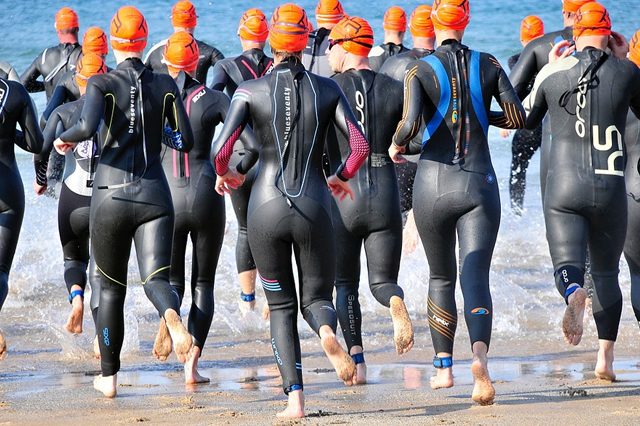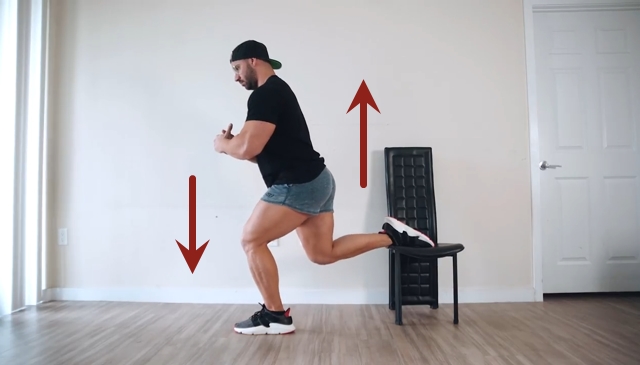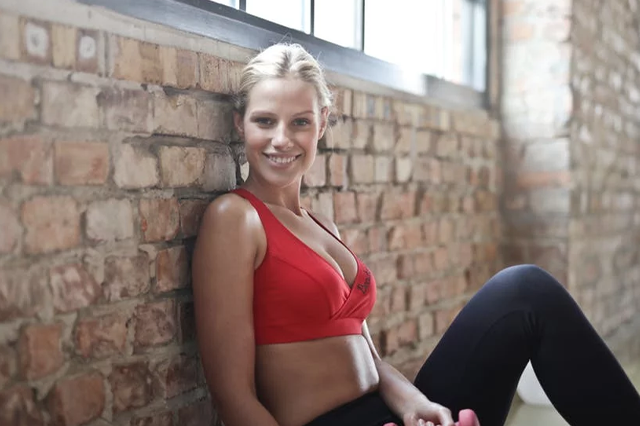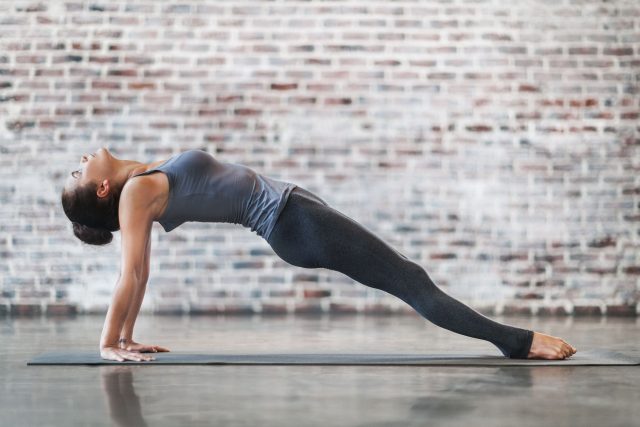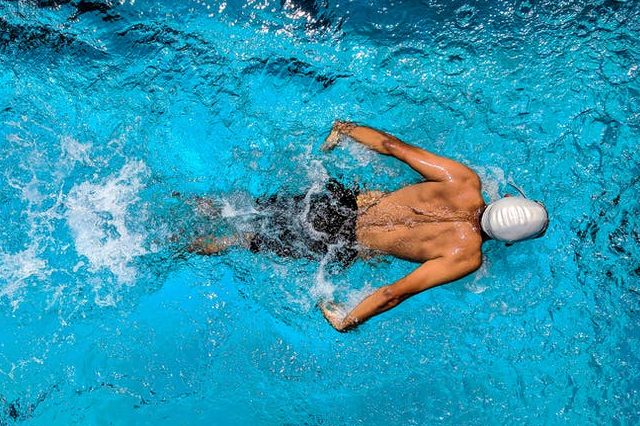Practicing a sport, no matter what it is, is always very beneficial for the body. There is nothing more detrimental to health than a sedentary lifestyle. In fact, sedentary people have between 20 and 30% more chances of suffering premature death.
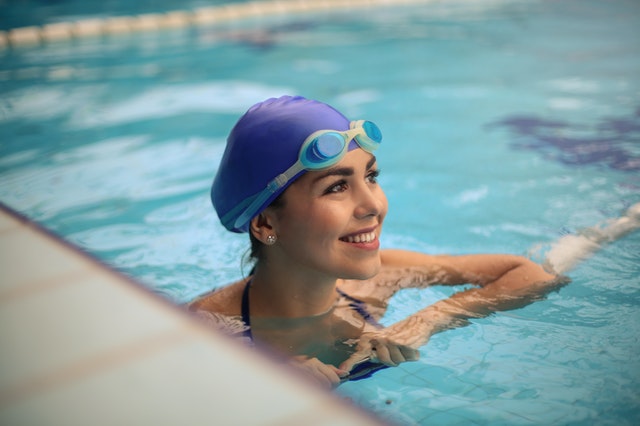
It is also important to note that physical activity reduces the risk of depression, heart disease and even cancer. Hence the importance of getting up from the seat and starting to exercise.
An excellent option is swimming. It has been said that this sport is one of the most complete there can be, since different parts of the body are exercised with it, in fact, a large number of muscles are involved in its execution. Therefore, it is ideal for all types of people, especially for older adults or for those who suffer from hernias, lower back pain and hip problems.
However, since it is a sport that could be described as monotonous, some people might be shy about practicing it. However, something that can help in this particular is knowing what the different swimming styles that exist are. Thus, you can take advantage of the variety and find it more entertaining.
In this brief article you will find information about the different types of swimming that exist, as well as the correct way to execute them. But not only that, you can also be aware of the benefits of practicing swimming.
Undoubtedly, having all this information will be a great incentive for you to dare today to jump into the water to swim, not only to cool off and enjoy, but also to leave sedentary behind, a silent enemy that increasingly affects more to people. But, pay close attention so you don’t miss any details.
Instructions
It is a physical activity that consists of staying on the surface of the water, and moving through it, thanks to the movement of the arms and legs. If it is practiced for the purpose of competition, it can also be considered as a sport.
This is a technique that is also learned as a survival method, but that is also practiced as an exercise, due to all the benefits it brings to the body.
This exercise is possible because the human body is slightly denser than water, which makes it possible for it to float. In the specific case of babies, they show an innate tendency to swim and dive, for example, holding their breath, slowing their heart rate and reducing circulation in the extremities.
All this is possible because, although we are terrestrial beings, we have a very special relationship with water. At birth, we are drawn from an environment that is completely submerged, the mother’s womb. Hence, it is possible to manifest these abilities at a very early age.
Now, the practice of swimming can be competitive, but also recreational. As a sport, it is one of the most practiced around the world. It is even one of the most outstanding in international competitions such as the Olympics. Would you like to know what swimming styles exist?
What do you need
In relation to swimming techniques, they are known as styles and have different names and ways of executing them. But let’s see what they are:
The crawl style
This style originated in Australia. The word carol means to crawl. In the field of competitions, it is also known as freestyle, since, during them, the swimmer can use any style of swimming, front crawl, butterfly, backstroke, etc., with the exception of individual events and those of combined relay.
To practice this style, the swimmer must be in a prone position and must move by making strokes, that is, moving both arms alternately, as if it were a windmill.
On the other hand, your breathing must be lateral, while giving a changing number of kicks to achieve displacement.
Due to its speed, efficiency and comfort, the front crawl is currently one of the most used forms of swimming around the world.
The breast or chest
It is the slowest style in swimming competitions. In this style, the swimmer must be on his back, as in the front crawl, and execute a series of synchronized and harmonious movements of both arms and legs.
As for the shoulders and hips, they will make ascending and descending movements coordinated with the movement of the arms, which makes it possible to inspire and work on the flexibility of the muscles.
The butterfly style
This is the newest of the four swimming styles that exist. It is a variety of the breaststroke style, it depends on the position adopted by the swimmer, which must be face down and its movements are very similar to those of the front crawl style, with some variants, in a parallel way.
To execute it successfully, it is necessary to have excellent coordination of the upper and lower extremities. Its movement should be similar to the finning of the dolphins. Hence, it is also called the dolphin kick.
Another of its characteristics is an undulating movement throughout the body, similar to an S, which must also be coordinated with the legs and arms, in order to achieve greater propulsion in the water. For this reason, the butterfly style has been classified as one of the most difficult to execute.
Back style
For a long time, it was also known as the back crawl style. Its main feature is to remain on your back making an interspersed movement of arms and legs. This movement of the legs is known as the dorsal kick.
At the same time, it demands a singular movement in the shoulders throughout the swim. It should be noted that this is the style that is most recommended for the elderly or for those with back, neck or spine difficulties.
Without a doubt, now that you know the different types of swims that exist, you will want to start practicing them. However, remember that it is always good to ask for the advice of a professional, to perform the movements correctly and avoid any type of ailments or cramps that may occur.
Now, as mentioned above, swimming is not a simple exercise, it brings great benefits to the body, would you like to know what they are?
Tips
- Promotes bone health: Since the body is submerged in water, there is little impact on the bones. Hence, many specialists recommend swimming to recover from many injuries, especially those that have to do with the joints.
- Improve muscle flexibility: thanks to this sport you can improve the strength, resistance, elasticity and flexibility of the muscles, since you use the vast majority of muscle groups, both arms and legs.
- Reduce your body mass index: It is estimated that you can burn between 500 and 600 calories for every hour of swimming. Of course, a lot will depend on the intensity you apply.
- Helps fight chronic diseases: it is believed that practicing swimming would help reduce cholesterol levels in the blood, while promoting the increase of good cholesterol and thus reducing the risk of heart disease. Likewise, it is believed that it can improve clinical symptoms of asthma and diabetes and that it reduces pain in patients with multiple sclerosis. However, these claims are still under study.
- Improves cognitive ability: swimming provides benefits at a neuronal and cognitive level. By practicing this sport, you activate the two cerebral hemispheres, as well as the four lobes of the brain.
- Strengthens the circulatory and respiratory system: improves oxygen consumption by up to 10%. In addition, it is estimated that the heart could push 18% more. What would make better circulation possible, since the heart rate would decrease.
- Psychological benefits: When the person is immersed in the water and concentrates on breathing, the body immediately relaxes and the feeling of stress is reduced. The body begins to release endorphins, which are responsible for enhancing the positive attitude, as well as the feeling of well-being, improving the person’s mood. Some studies have even shown that swimming can become a very favorable sport for those who suffer from severe dementia, as well as depression.
A multi-benefit sport
As you may have noticed, swimming is a very beneficial sport for the human body. Therefore, it is worth trying. Even if you have a hard time doing any type of physical activity, this can be an excellent option to start.
Start by practicing the front crawl or free style, since it is the most common. Then, you can increase the level of difficulty and go to the backstroke and, finally, practice the butterfly style, one of the most complex that exists.
By doing this you will maintain good health, improve your mood to cope with the pressures of everyday life and you will be able to enjoy a very entertaining and liberating sport.
Best of all, you can practice it in the company of your friends or family, regardless of their age, since it is not counterproductive for the elderly, children and even pregnant women.
What are you waiting for to practice swimming? You already know the different swimming styles that exist and the correct way to do them. You just need to jump into the water and start enjoying its benefits.

